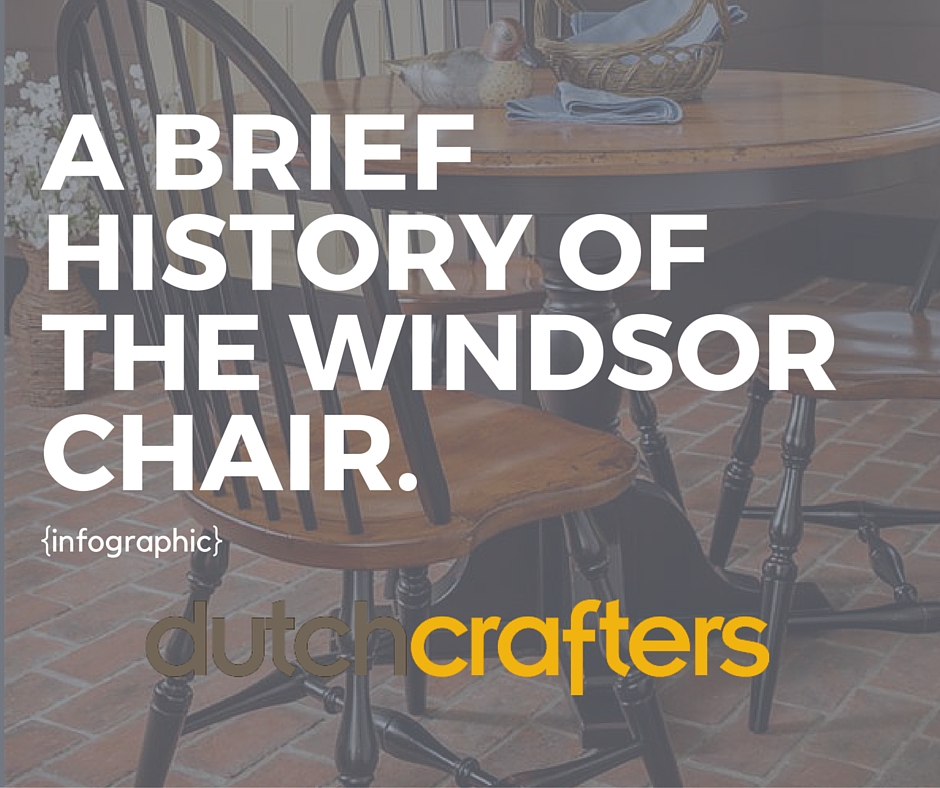Discover The Exciting Journey Of Refurbishing Vintage Cabinets, Revealing Untold Tales And Disclosing The Enigmas Of Background
Discover The Exciting Journey Of Refurbishing Vintage Cabinets, Revealing Untold Tales And Disclosing The Enigmas Of Background
Blog Article
Composed By-Justice Cantu
To begin the journey of restoring antique cupboards, you need a keen eye for detail. Think of revealing surprise secrets within each layer of background ingrained in the timber. Picture the contentment of reviving a once-forgotten item to its previous magnificence. Every action of this thorough procedure holds the key to preserving the past while producing a future antique. So, are you all set to start this transformative venture and unlock the possibility of your antique closets?
Analyzing the Closet's Problem
When starting the remediation procedure, beginning by examining the condition of the antique cupboard. Meticulously examine the total structure for any kind of indications of damage such as fractures, chips, or loosened joints. Check the timber for any kind of rot, warping, or insect problem that might have happened with time. It's vital to identify the extent of the remediation needed prior to proceeding better.
Next, evaluate the cupboard's hardware such as hinges, knobs, and locks. Make note of any missing out on items or components that need repair work or substitute. Guarantee that all equipment is functioning properly and safely attached to the cabinet.
Furthermore, evaluate cabinet maker apprenticeship . Look for any scrapes, stains, or staining that might affect the visual appeal. Figure out if the finish needs to be removed and reapplied or if a basic touch-up will certainly suffice.
Collecting the Required Tools and Products
After evaluating the problem of the antique cabinet, the next action is to collect the required tools and products for the restoration procedure. Before you start, ensure you have the complying with products on hand:
- wood cleaner
- sandpaper in numerous grits
- wood filler
- paint or timber stain
- brushes
- handwear covers
- safety goggles
- a dirt mask
- a drop cloth
- a putty knife
- a hammer
- a screwdriver
- a vacuum
These tools and materials are vital for a successful repair.
Timber cleaner is crucial for getting rid of years of dust and crud build-up, preparing the surface area for sanding. Sandpaper of different grits assists in smoothing out imperfections and preparing the timber for a new surface. Timber filler comes in handy for repairing any cracks, holes, or dents present in the closet.
Paint or timber tarnish, together with brushes, allow you to personalize the closet to your preference. Bear in mind to put on gloves, safety goggles, and a dust mask for defense. Lay down a ground cloth to secure your work area, and utilize a vacuum to tidy up any type of particles.
With these tools and materials gathered, you prepare to begin the repair procedure.
Executing the Remediation Process
To successfully perform the remediation process on your antique cabinet, begin by thoroughly cleaning the surface with the wood cleaner. This step is essential as it assists remove years of dust, crud, and old polish that might have accumulated externally.
Once the cabinet is clean and completely dry, analyze the condition of the wood. Try to find any kind of fractures, scrapes, or various other damages that require to be addressed. Use timber filler to repair any kind of blemishes, making certain to match the filler shade to the wood tone for a smooth finish.
After the repairs have actually dried, delicately sand the entire surface to develop a smooth and also base for the new coating. Beware not to sand too boldy, as you do not want to damage the wood below.
As soon as the sanding is complete, apply a wood discolor or finish of your choice, complying with the producer's instructions. Permit the surface to dry totally before using a protective leading coat to make sure the long life of your brought back antique cupboard.
Conclusion
Now that you have actually completed the restoration process, your antique cabinet looks comparable to new.
By following the detailed overview, you had the ability to analyze, repair, and enhance its condition easily.
With https://www.prnewswire.com/news-releases/winstar-home-services-gives-baltimore-homeowners-bathroom-remodeling-tips-300407117.html and safety leading layer, your cherished item will certainly continue to shine for several years to find.
Enjoy the charm of your brought back antique cabinet!
